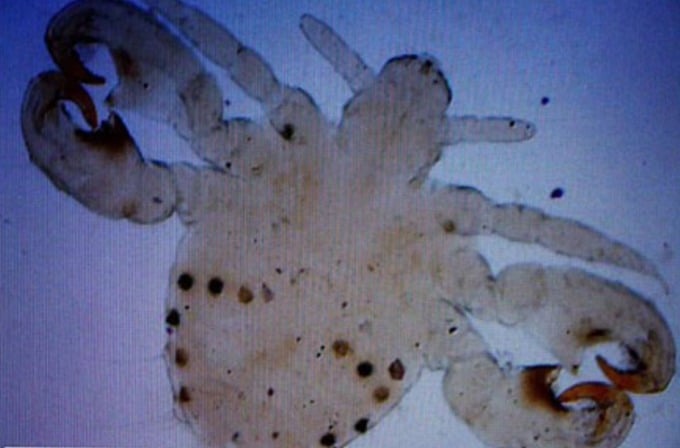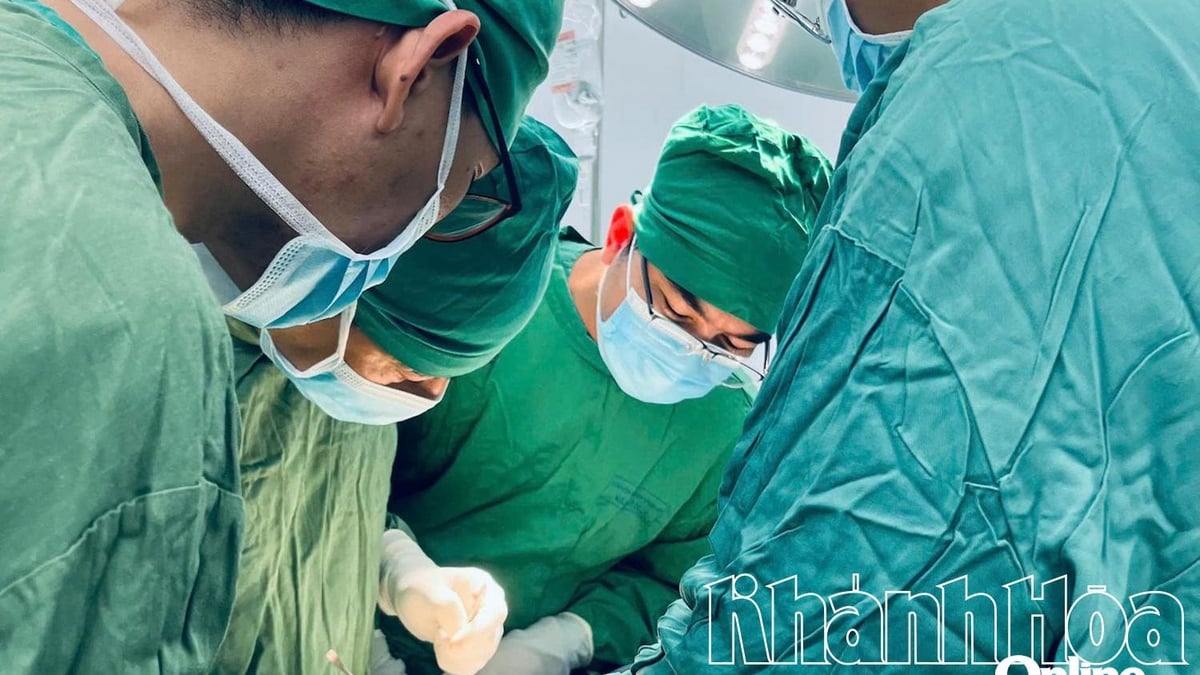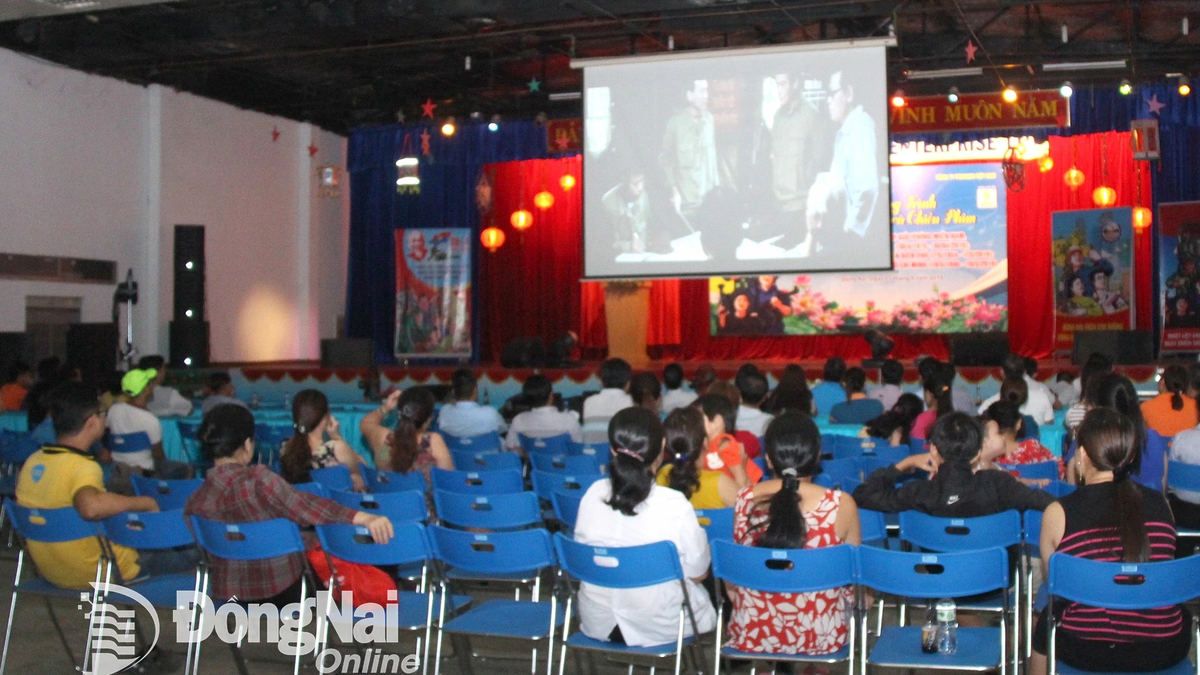Hanoi: A 28-year-old man had a one-night stand with a strange woman and felt constant itching in his genital area. He used a magnifying glass to discover a small parasitic louse.
He caught two lice in a glass jar and brought them to the Central Institute of Malaria - Parasitology - Entomology. Doctors determined that they were groin lice (also known as pubic lice), possibly transmitted to the patient through sexual intercourse.
On June 19, Dr. Nguyen Van Dung, Head of the Department of Entomology, said that it is called pubic lice because this type of lice often parasitizes on hairy, moist areas of the body such as the pubic area. Some children who do not have pubic hair are still attacked by lice on their eyelids.
Lice can happen to anyone, at any age. Recently, a doctor admitted a 5-year-old patient in Hanoi to the hospital with one eyelid infected with lice, causing pain, itching, and discomfort. The lice clung to the base of the eyelid, making the child's eyelids bulge, and the doctor caught nearly 20 of them.
According to Dr. Dung, lice are transmitted from person to person mainly through sexual intercourse or intimate contact between people. They can cling to blankets, sheets, pillows, mattresses, mats, and clothes, and are easily transmitted between family members, both adults and children.
Most people do not know they have lice because they do not move around easily like lice. Pubic lice are light-colored and feed on human blood and turn reddish brown. Their life cycle begins as an egg and matures into a blood-sucking adult, lasting about 7 days.
People with pubic lice often itch because they have two crab-like claws that cling firmly to the skin, causing itching and are very difficult to fall off. To date, there has been no research on the disease-causing ability of pubic lice, the most annoying being itching and discomfort.

Pubic lice. Photo: Provided by doctor
According to Dr. Dung, many people treat lice by pounding neem leaves to extract the juice and apply it to the itchy area, but this method is ineffective. Neem leaf juice, shower gel or cleaning chemicals only intoxicate the lice, temporarily making them inactive, but do not kill them. After a while, they become active and reproduce again, causing itching for the patient.
"The leaves of the neem tree are poisonous, so you should never apply neem leaf juice to the eye area," Dr. Dung advised. The treatment is to pick out each louse with your hands.
Pubic lice require specific treatment, usually only one course of treatment is enough. Topical medications should only be used in the pubic area according to the dosage and instructions of the doctor.
Le Nga
Source link






























































































![[Infographic] In 2025, 47 products will achieve national OCOP](https://vphoto.vietnam.vn/thumb/402x226/vietnam/resource/IMAGE/2025/7/16/5d672398b0744db3ab920e05db8e5b7d)





Comment (0)